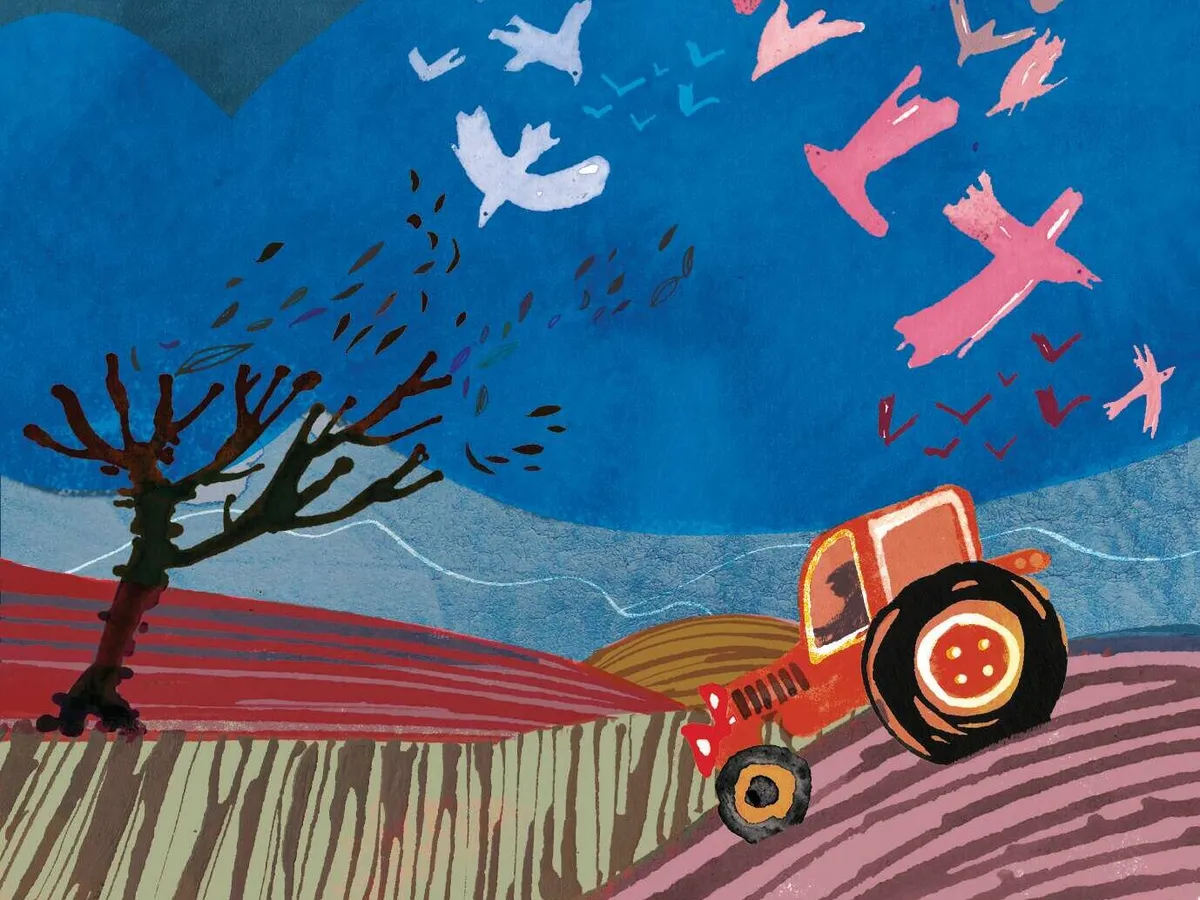When reading up on what soil your plants need, you have probably come across the impossible phrase ‘moist but well-drained’ and puzzled over what that could possibly mean. The soil all gardeners want is loam, which has a mineral fraction of about 10-20 per cent clay, with the rest consisting of roughly equal amounts of sand and silt.
The other major component of soil is organic matter, some of which is added to soils directly by plants, both from chemical exudates from roots and from the death of roots themselves. Dead organic matter also arrives at the soil surface, either directly from plants or via the compost heap.
You may also like
What is key to a good soil?
Soil needs space
But arguably the most important part of soil is space, usually full of a mixture of air and water. Loam will typically have a pore space of about 50 per cent, but sandy soils are about 35-40 per cent space, while clays are 50-70 per cent space. If it seems paradoxical that poorly drained clays have more space than
well-drained sands, the explanation lies in the size of the pores. Most pores in sandy soil are large transmission pores, which fill up with water when it rains, but quickly drain when it stops.
The most important part of soil is space, usually full of a mixture of air and water
In clay soils, however, a high proportion of pores are very narrow residual pores, which hold on tenaciously to the water they contain. A loam has a nice mixture of pore sizes, including plenty of intermediate-sized storage pores, which are good at both storing water and giving it up to plants when needed.
The larger pores are crucial to soil function, providing aeration, drainage and water for plant growth. If there aren’t enough, either drainage or water supply (or both) will be a problem. Pores also provide pathways for penetration of soil by roots, and many are created by the death of old roots, while others arise from the activities of earthworms.
Life in soil
But pores are just one part of soil structure, and the key to good structure is plenty of life; plant, animal and microbial. Roots themselves help to provide structure, and also secrete mucilage that sticks soil particles together. Root exudates in the rhizosphere (the zone immediately surrounding each root) lead to vigorous growth of bacteria, which in turn secrete organic glues that help to bind soil particles together.
The key to good structure is plenty of life; plant, animal and microbial
Earthworms incorporate organic matter into soil, and in their guts, clay and organic matter are intimately mixed and become encrusted with mucus to create the nuclei of new soil crumbs. Drying and ageing of earthworm casts further strengthens the bonds between organic materials, mucus and minerals to stabilise the new aggregates.
Last, but far from least, fungi – and especially mycorrhizae – make a major contribution to soil structure. Partly this is down to chemicals they secrete, and partly down to their simple physical presence – the mycorrhizal network in the soil has been described as a ‘sticky string bag’ that enmeshes soil particles and holds them together.

Soil is not improved by digging
To sum up, fertile soils naturally acquire a crumb structure and a connected network of the right kinds of soil pores, which combine to provide the water and nutrients needed for growth, the space and oxygen roots need to grow and breathe, and both a habitat and food (organic matter) for soil microbes. Soil aggregates also help to protect soil structure from damage by heavy rain.
Digging damages soil crumbs, compacts soil and reduces nutrients and microbial activity
None of these things is improved by digging, which damages soil crumbs, compacts soil and reduces nutrients, microbial activity and the activities of animals, especially earthworms, that contribute to soil crumb formation. The amount of organic matter in soil is also negatively affected by digging, which introduces lots of air into soil, leading to its rapid oxidation. The extensive mycorrhizal network of fungal hyphae is also damaged or destroyed by cultivation. In fact many ‘traditional’ gardening practices, including heavy use of fertilisers and other garden chemicals, have strongly negative effects on mycorrhizae.
To see all the undesirable consequences of regular cultivation, we need look no further than the typical arable soil, which research shows to be compacted, lifeless and low in organic matter, with low structural stability and poor ability to supply water and nutrients for plant growth. Roots that encounter such soils quickly send chemical signals to the above-ground parts of the plant that effectively say ‘we have a problem down here, stop growing’.
When to dig?
Other than as a source of fresh air and exercise, digging is much overrated, and should not be part of the normal management of any soil. Cultivation is particularly damaging to soil structure on clay soils, and especially when they’re wet.
Digging should really only be a remedial activity, for example when soil has been badly compacted by vehicles or trampling, or if the soil has developed a hard ‘pan’. Although mulching soil with organic matter (for example, home-made compost) is certainly a good idea, there’s absolutely no need to dig it in. Compost added to the soil surface suppresses weeds, reduces evaporation, protects against raindrop impact and increases aggregate stability.
Useful information
If you want to learn more about soil and its management, then the relevant chapters in Science and the Garden: the Scientific Basis of Horticultural Practice, 3rd edition (Wiley-Blackwell, 2015), edited by David S Ingram, Daphne Vince-Prue and Peter J Gregory, are well worth a read.
Read Ken Thompson's piece on why plants with bad reputations are actually good for your garden.




